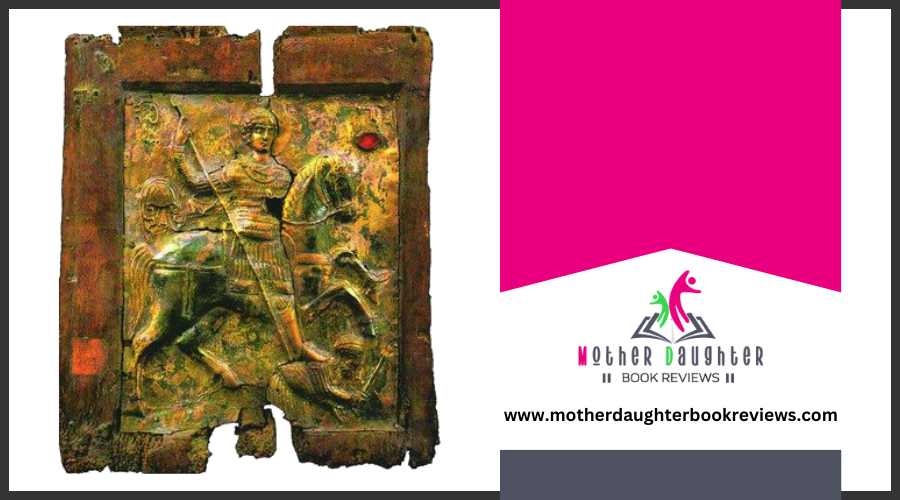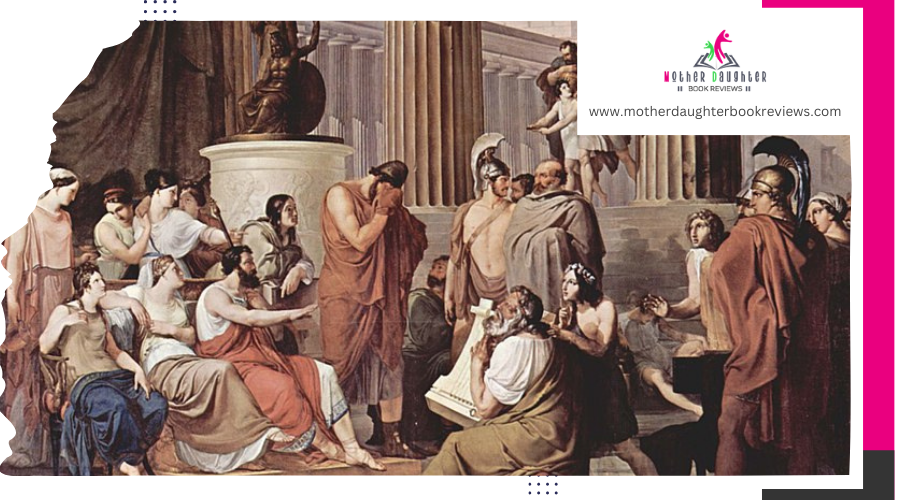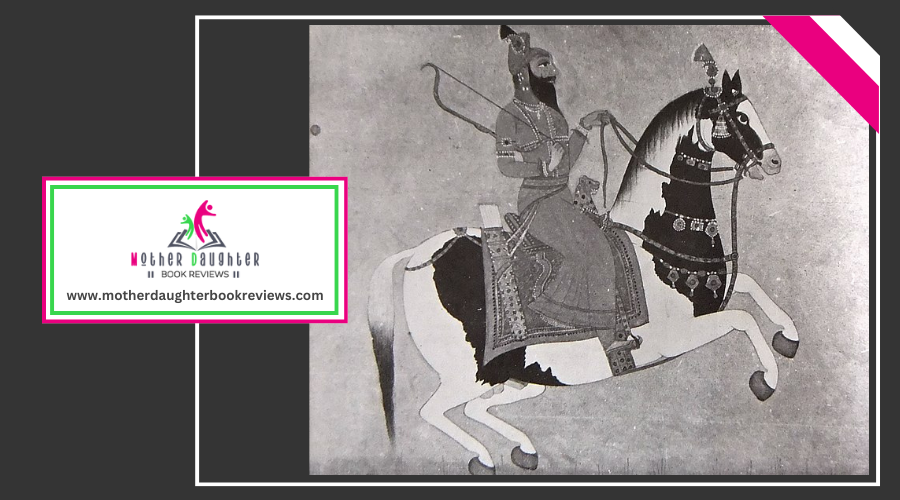Storytelling and Morality in Chaucer’s The Canterbury Tales

In Geoffrey Chaucer's "The Canterbury Tales," you'll investigate a lively collection of stories narrated by a diverse group of travelers on a pilgrimage. Each tale, like "The Knight's Tale" with its romantic rivalry and "The Wife of Bath" with her candid views on marriage, reflects on medieval societal norms and human behavior. You'll encounter humor in "The Miller's Tale," moral lessons in "The Pardoner's Tale," and themes of honor in "The Franklin's Tale."
The Knight's Tale
"The Knight's Tale" kicks off Geoffrey Chaucer's "Canterbury Tales" with a compelling story of chivalry, love, and conflict. You'll follow the story of two knights, Palamon and Arcite, who are imprisoned together and both fall in love with the same woman, Emily. Their friendship quickly turns into rivalry as they each vie for her affection.
The plot thickens when Arcite is released from prison but banished from Athens, while Palamon remains locked up. Arcite disguises himself and returns to Athens to be near Emily, while Palamon eventually escapes. Their paths cross again, and they engage in a fierce battle for Emily's love.
This tale doesn't just entertain; it investigates deep themes like the capricious nature of fate and the complexities of human emotion. Chaucer uses rich, descriptive language to paint vivid scenes and develop complex characters that you can almost see and hear. The resolution involves a grand tournament arranged by Duke Theseus, where the knights' chivalry and valor are put to the ultimate test. By the end, you're left pondering the true nature of love and destiny, making "The Knight's Tale" a memorable start to the "Canterbury Tales".
The Miller's Tale
View this post on Instagram
As you investigate "The Wife of Bath," you'll encounter one of Chaucer's most compelling characters, a woman unapologetically candid about her life and desires. She stands out as a figure of independence and strength, challenging the norms of medieval society. With five marriages under her belt, the Wife of Bath is unafraid to speak her mind about love, marriage, and female sovereignty. In her prologue, she shares personal experiences and views that are both controversial and enlightening. Her tale, filled with wit and wisdom, revolves around a knight's quest to ascertain what women truly want. Through this expedition, she cleverly weaves themes of power, control, and the dynamics of relationships. Imagine her character through the following vivid details: The Wife of Bath's narrative isn't just a story; it's a powerful commentary on gender roles and societal expectations, making her one of Chaucer's most memorable pilgrims. In "The Pardoner's Tale," Chaucer crafts a grim and cautionary narrative that investigates the destructive power of greed. You follow three drunken revelers who set out to kill Death after it takes one of their friends. Along their expedition, they encounter an old man who directs them to a tree where they find a pile of gold coins. Instead of rejoicing in their newfound wealth, the men plot against each other, driven by avarice. You see the initial two plot to kill the third so they can split the gold between them. Meanwhile, the third man secretly plans to poison the other two. When they meet again, the two kill the third, only to drink the poisoned wine he brought and die themselves. Chaucer's tale concludes with all three men dead, their greed having led them to their demise. The Nun's Priest's Tale offers a lively and engaging fable that cleverly blends humor and moral lessons. You'll find yourself engrossed in the story of Chanticleer, a proud rooster whose vanity leads him into a dangerous situation. The tale begins with Chanticleer living in a barnyard with several hens, the most beloved being Pertelote. One night, Chanticleer has a foreboding dream about being caught by a fox, which Pertelote dismisses as nonsense. Despite her reassurances, the dream becomes reality when Chanticleer is indeed tricked by a sly fox named Reynard. The fox uses flattery to capture the rooster, but Chanticleer's quick wit eventually saves him. This tale teaches the lesson that vanity and gullibility can lead to one's downfall, while cleverness and presence of mind can offer salvation. With its emphasis on themes of love, honor, and truth, The Franklin's Tale stands out as a narrative that challenges the conventions of courtly romance. You start by meeting Arveragus, a noble knight, and his beloved wife, Dorigen. They pledge to maintain mutual respect and equality in their marriage, a progressive idea for the time. Arveragus then departs on a quest, leaving Dorigen behind. While he's away, Dorigen is courted by Aurelius, a squire who declares his love for her. Dorigen, though devoted to her husband, sets what she thinks is an impossible condition: Aurelius must remove all the rocks from the coast of Brittany. Surprisingly, Aurelius manages to find a magician who accomplishes this feat. Bound by her promise, Dorigen faces a moral dilemma. When Arveragus returns, he surprisingly insists that Dorigen must keep her word to Aurelius, valuing honor above all. However, when Aurelius learns of the couple's honor and Arveragus's understanding, he releases Dorigen from her vow. The Canterbury Tales presents a vivid tapestry of human experiences, exploring themes of morality, humor, and virtue through a diverse cast of storytellers. From the chivalric ideals in The Knight's Tale to the bawdy humor of The Miller's Tale, and the moral dilemmas in The Pardoner's Tale, Chaucer investigates the complexities of human behavior and societal norms. Characters like the candid Wife of Bath challenge gender expectations, while stories like The Franklin's Tale raise thought-provoking questions about love, honor, and truth.The Reeve's Tale
The Wife of Bath
The Pardoner's Tale
The Nun's Priest
The Franklin's Tale
Wrapping Up




